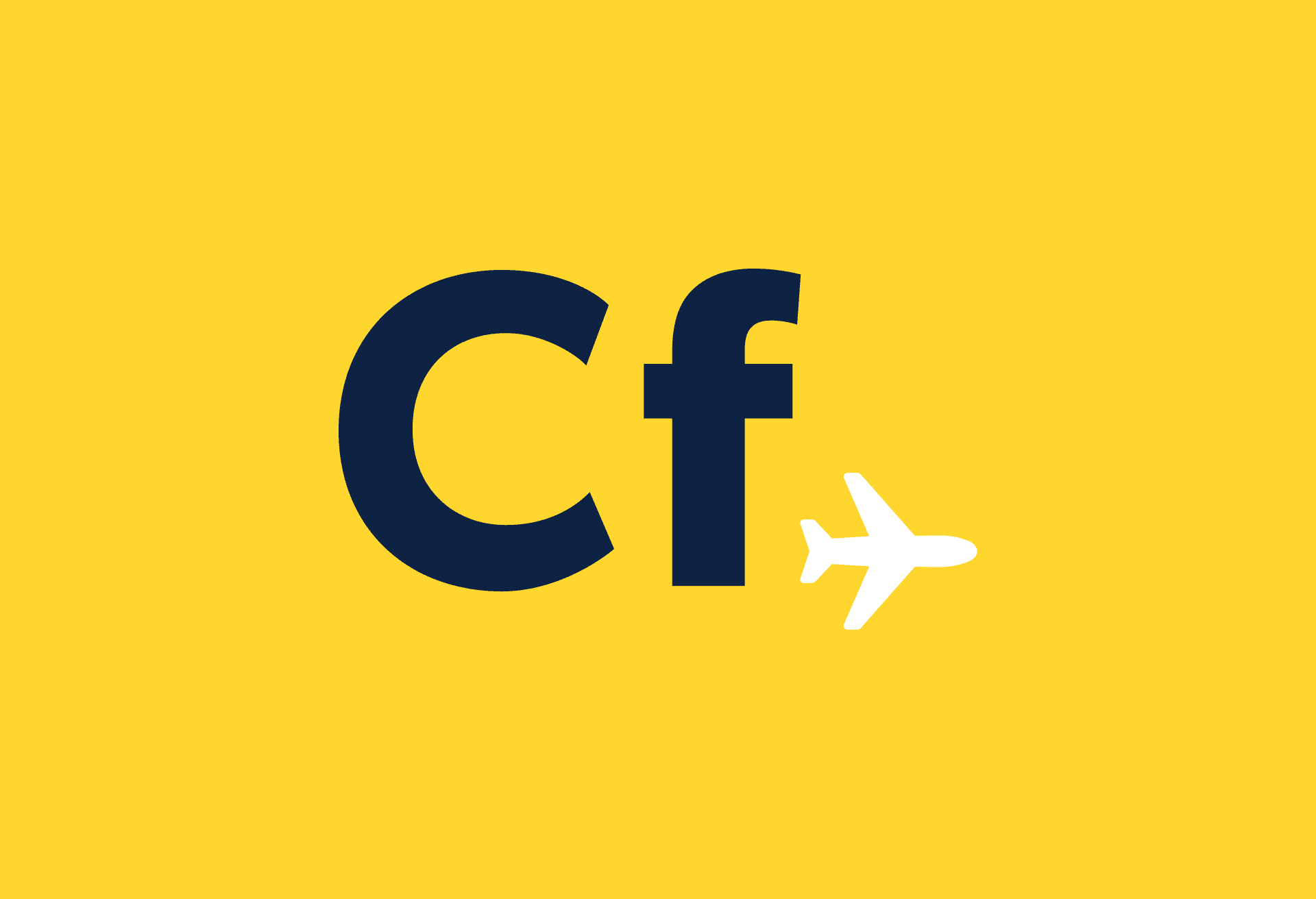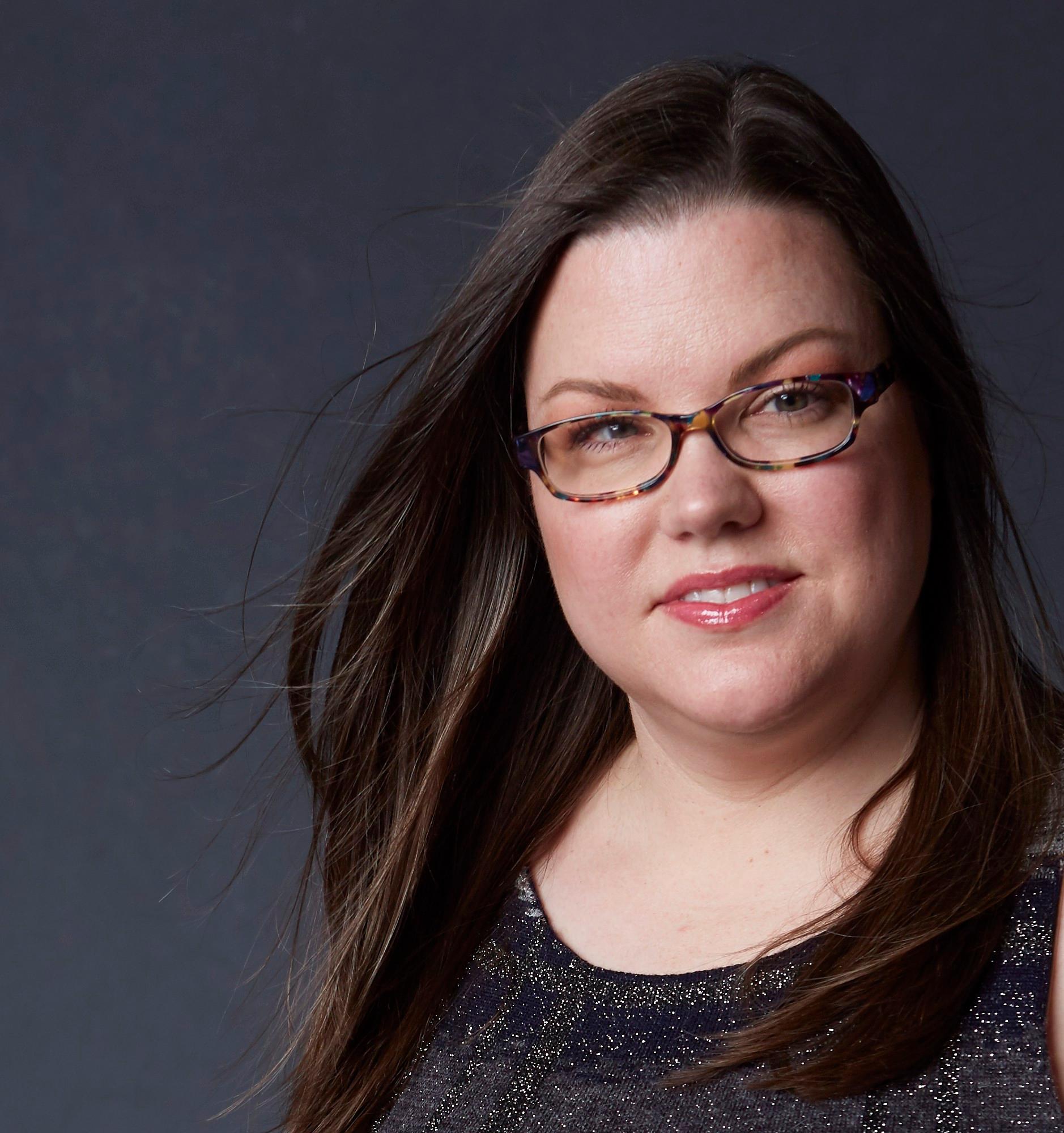Just 90 miles from Key West, Fla., Cuba has been so close but just out of reach for many Americans. The United States imposed an embargo on Cuba in 1960 and broke diplomatic relations in 1961. Current regulations do not permit U.S. citizens to spend money or receive gifts in Cuba, essentially making travel by ordinary tourists illegal.
However, President Barack Obama’s announcement last September of the easing of travel, commerce and investment restrictions to Cuba has given many travelers hope of a Cuban getaway in the not-too-distant-future. Though the American embargo remains in place, these changes would allow more Americans to travel to Cuba, from family members having the ability to see their relatives more often to cruise ships being able to travel directly from the U.S. to Cuba without having to make a stop in another country first.
But many Americans, including me, have already made the trip to Cuba legally. I traveled to Cuba in January 2003 for educational activities related to my participation in Semester at Sea, a college study abroad program that offers students the opportunity to travel by ship to see the world.
We spoke with some American travelers who recently visited Cuba for their tips on traveling to Cuba and what to expect going to Cuba as an American.
Expect it to be difficult to get to Cuba
An American wishing to travel to Cuba legally will need to get permission to go. The U.S. Office of Foreign Assets Control issues general licenses that permit U.S. citizens to travel to Cuba, provided it falls within one of 12 categories:
- Family visits
- Official business of the U.S. government, foreign governments and certain intergovernmental organizations
- Journalistic activity
- Professional research and professional meetings
- Educational activities
- Religious activities
- Public performances, clinics, workshops, athletic and other competitions and exhibitions
- Support for the Cuban people
- Humanitarian projects
- Activities of private foundations or research or educational institutes
- Exportation, importation, or transmission of information or information materials
- Certain authorized export transactions
“My goals before going to Cuba were to experience Cuban music and dance, Cuban food, cigars and drinks, old cars and an old way of life, and to get a chance to meet [local] Cubans. We were able to accomplish all of these on our trip,” said Tim Lombard, who recently traveled with his brother to Havana from Cancun, Mexico, on Cubana Air.
While the restrictions on travel may seem impossible, it’s actually easier than you might imagine to travel to Cuba.
“You do not need to go on a cultural exchange tour, you can book your own flight through a charter company and arrange accommodations through Airbnb,” said Eric Fisher, who traveled with a friend last October from Tampa, Fla., to Cuba on a short charter flight via ABC Charters. They booked their own apartment via Airbnb, and Fisher notes that most Airbnb accommodations can arrange for a driver to pick you up at the airport. The charter company arranged his visa.
“It was wonderful being an American in Cuba. I think we were treated a little better because it is still rare to see Americans walking around freely in Cuba,” said Fisher, who went to Cuba to explore business opportunities. “The few Americans that travel to Cuba are usually on cultural exchange tours, which are tightly controlled [and offer] limited contact with the locals.”
“Americans traveling to Cuba are a much-welcomed group of people. The Cubans appreciate our generosity,” said Jay Seldin, a photographer who has traveled to Cuba 10 times since 2008, leading small group photography tours. He has taken direct flights from Miami, Fla., to Havana on his trips that are with either under a “people to people” license or as an artist cultural exchange program. “The Cubans feel hopeful when they see so many Americans visiting their country.”
Expect “authentic” accommodations to be basic
There are many hotels in Havana, like the Hotel Nacional, where Winston Churchill and Frank Sinatra once bunked, but a more authentic experience can be had by renting a home share from locals like Fisher did or staying in a casa like Lombard, who paid $25 per night for the locally run bed-and-breakfast style accommodation ($10 extra if he wanted dinner and another $5 extra for breakfast). The nicely appointed casa was situated in a neighborhood adjacent to a neighboring home with a crumbling façade, no windows, concrete floor and no running water. If you choose to stay in local accommodations, bring your own toiletries as items like soap and paper towels are in short supply.
Expect to be mostly off-line
There is almost no access to the Internet in Cuba, but if you insist on getting online, there is a library in Havana that offers dial-up Internet for $6 an hour. Hotels offer pricey Internet too, according to Lombard, who was able to book his accommodation via email, although it took several days for each email exchange to finalize the itinerary, airport pickup and meals.
“The Internet almost doesn’t exist, or it’s so slow, it’s painful to use it,” said Seldin, who studied with famed photographers Ansel Adams and George Tice and is the principal photographer at DigitalEdge Photography Studios in Montclair, N.J. and also owns and operates CPE Photo Workshops LLC, an international photography workshop company.
Expect to go card-less and use cash only
There are three currencies that are used in Cuba: Cuban state currency, which the locals use; Cuban convertible pesos (CUC, pronounced “cook”) that is known as the “tourist” currency and is pegged to the U.S. dollar one to one; and U.S. dollars, which many street vendors will gladly accept.
Don’t expect your credit cards to work in Cuba (though this may change in the near future) and bring more cash than you think you will need.
“Make sure you bring enough money. We brought just enough and getting more while there… good luck,” said Arthur Bovino, food/travel writer-at-large and managing editor at Mouth.com.
If you do venture to a bank, bring your patience. “You only need to go one time to learn about traveling to Cuba: ‘hurry up and wait,’” said Seldin, whether it’s waiting to exchange currency, buying postcard stamps or going through customs.
Before you get ready to shop ‘til you drop, keep in mind American citizens can only import up to $400 worth of goods from Cuba, of which no more than $100 can consist of tobacco and alcohol products combined, according to the U.S. Department of State Bureau of Consular Affairs. Also, it’s a good idea to spend all the CUC you have, since it is illegal to bring any amount back to the U.S.
Expect interaction with locals to be mixed
“It is difficult to have meaningful social interaction with locals,” said Lombard, who was told locals are prohibited by law from conversing or socializing with tourists under punishment of fine or imprisonment. Despite the difficulty, Lombard was able to interact with locals when engaging in financial transactions, like his casa host, his cab driver, bartenders and waitresses. “These interactions greatly informed my impressions of Cuba,” said Lombard.
“There are so many wonderful experiences I have encountered in my travels throughout the country. Making friends with some of the younger photographers and meeting the ‘last of the post-revolutionary photographers’ was and is still something I cherish,” said Seldin, who aims “to photograph the Cuban people beyond the cliches and American 50’s cars [and] to record family life, culture and the spirit of the people.”
Expect the food scene to still be a work in progress
“When someone tells you that a restaurant is “communist-run” and therefore not very good, believe them,” said Bovino, who documented highlights of his trip to Havana as a journalist on Twitter.
“From a food-obsessive perspective, the overall experience isn’t amazing, but [that] isn’t really the point of this kind of trip. Don’t get me wrong, you can have some good meals… but ingredients can be limited and quality uneven,” said Bovino. “Some Cuban rum and a cigar and live music under the night sky on the steps of Trinidad really is about all you need to feel the world is yours.”
Still, Bovino did find some noteworthy places to eat, like an alfresco meal at Doña Eutimia. “The ropa vieja was delicious,” said Bovino of the popular stewed beef and vegetable dish. “They have a frozen mojito that you won’t find in many other places.” And there was ambiance: “There was a stray puppy who flopped down next to us while we were eating, and some city chickens clucked around us, friendly enough for me to pick one up.”
Before heading out to eat in Cuba, do your research. “Read about restaurants as far in advance as possible and either make reservations as soon as you get there or have someone do so for you,” said Bovino, who traveled to Cuba with his wife. “When guidebooks say reservations at a place are difficult, they mean it. I can’t tell you how many popular places we got into because we made reservations in advance, while we saw people walk up, expecting to be able to get in and were turned away.”
Expect the unexpected
News accounts and official government rhetoric may contribute to travelers’ preconceived notions about what Cuba is like, but travelers quickly realize there is a different side to Cuba that can only be seen by setting foot on Cuban soil.
“Most people are not communists,” said Seldin, who has documented his travels and tours in the last decade in his newly released collection “The Cubans.” “The Cuban people are very family oriented and friendly [and] the arts are so important to the culture of the people.”
While many visitors might be familiar with Cuban cigars and rum, there are other delights worth seeking out. “Not only does Cuba have good rum and cigars, they also have several excellent beers,” said Fisher. “Cristal is a crisp lager that stands on its own, and Bucanero is darker, but not too heavy. Both are very appropriate in the tropical environment.”
While most of what tourists will experience in Cuba is positive, there are some unsettling things that will be encountered like deplorable living conditions, stray dogs and cats and prostitution.
Expect a language barrier (unless you speak Spanish)
“I enjoyed sitting down to dinner with the family hosting us at their casa and with the other travelers that were staying with them,” said Lombard, who met people from Australia, Hungary, Slovenia and Venezuela. “The language barrier was tough, but it was fun to struggle through that with very limited Spanish on our end and extremely limited English on our hosts’ side.”
Spanish is the official language in Cuba though many folks who work in larger hotels have fluency in English. Travelers who opt to stay in casas or travel outside of Havana may find it harder to communicate. “Prepare to gesticulate and stumble through the language barrier,” said Lombard, who notes one of his hosts didn’t speak any English.
Expect great nightlife
The capital city is very active at all hours of the day and night and is generally safe. “Havana is the safest city I have ever been to,” said Fisher. “Everyone is pleasant and I never saw anything in any way threatening.”
Here are some first-hand recommendations for what to see and do in Cuba from Americans who have been there:
Bovino’s recommendations:
- Ride in a classic car: “It’s just as much fun as you imagine.”
- Take a Coco taxi (motorcyle taxi).
- Tour a cigar-rolling facility.
- Go on a walking tour.
- Have a Cubano sandwich (mojo-marinated pork shoulder, ham, Swiss cheese, pickles and mustard on a toasted Cuban bread) at La Nacional and “know it’s the best one in Havana without question.”
- Check out the hotel rooftops around the Parque Central before deciding which one to settle into for a drink and cigar high above the honking.
- Don’t miss out on trying a Canchánchara (a refreshing Cuban cocktail of rum, lime, honey and ice) in Trinidad, a town and UNESCO World Heritage Site in central Cuba.
- Check out (and maybe buy) some Cuban art in Trinidad.
Fisher’s recommendations:
- Have an espresso con leche from a small coffee shop. It is not at all the like the ‘Cuban’ cafe con leche you can get in the States.
- Sit by the Malecón with a cold beer and watch the cars and people. On Saturday nights, the Malecón is a gathering spot for people of all ages.
- Go to the weekly Saturday evening classic car cruise-in by the El Gato Tuerto restaurant/bar just off the Malecón near the Hotel Nacional. “There are some truly beautiful cars and some even have their hoods up, so you can catch a peek at the engine compartment and see how they keep those cars running without easy access to parts.”
Lombard’s recommendations:
- Don’t miss Casa de la Música, a famous music venue in Havana that reminded Lombard of the House of Blues in Boston. Lombard notes the band didn’t take the stage until 2:00 a.m. although the advertised start time was 11:00 p.m.
- Go to El Floridita, famous as the local regular haunt of Ernest Hemingway, complete with a bronze statue of him at his bar stool (it was here where Papa wrote the draft of “For Whom the Bell Tolls”). “It was a cool, albeit very touristy and relatively expensive experience.” Since 1817, El Floridita has been a popular spot in Havana, and it is credited with having invented the Daiquiri. Cantineros (bartenders) today continue to serve the bar’s famous cocktails — not just the Floridita Daiquiri (a blend of Havana Club rum, lemon juice, white sugar, ice and maraschino) but also the Papa Hemingway (a blend of Havana Club rum, grapefruit juice, lemon juice, ice and maraschino).
- Traveling around town by taxi is cheap and easy. It costs $1 (1 CUC) for any journey within Havana. Look for the cars marked ‘taxi’ though there are many unmarked taxis too. The taxi from the airport costs more (about $20), but Lombard’s driver took them on a tour of Havana and told them about life in Cuba in broken English and Spanish on the way to their casa.
Seldin’s recommendations:
- Must see: Havana and the countryside, especially Viñales in Western Cuba, (Seldin has also traveled to Baracoa near the eastern tip of Cuba; Cienfuegos on the southern coast; Matanzas on the northern shore; Pinar del Rio on the western end of Cuba; Regla, a borough of Havana; Santiago de Cuba in southeastern Cuba; and Trinidad).
- Go to Havana’s contemporary art museum Museo Nacional de Bellas Artes de la Habana
- Don’t miss seeing the Ballet Nacional de Cuba and Flamenco dance troupe.
- Experience the nightlife, music, salsa dancing, rum tastings and smoking a ‘Cuban cigar’
- Check out the Hotel Nacional and the Hotel Riviera for a true Cuban experience of the past.
The author’s recommendations:
- Shop for souvenirs along the Malecón, an expansive esplanade popular with many locals. You can buy souvenirs like bongos, bongos, guayabera shirts (button down, short sleeve, four pocket men’s shirts) and items made from cigar boxes here too.
- Go to a baseball game and snack on hot peanuts served in white paper cones.
- Eat a Cuban sandwich (and anything with pork). If you want to have the best food, you’ll need to make friends with a Cuban family. The next best thing is eating at a palador, private, family-run restaurants in people’s homes that gained legal status in Cuba in the early 1990s. The food in the paladors tends to be better than what you find on the main roads and in hotels, but they are full of tourists as locals don’t eat at them. Try La Guarida, famous for its appearance in the Cuban film Fresa y Chocolate and its food like eggplant caviar, sea bass in coconut reduction, and chicken with honey and lemon sauce. Run by husband-and-wife duo Enrique and Odeisys Nuñez, the dining room is tucked at the top of a dilapidated turn-of-the-20th-century residential edifice at 418 Concordia in Central Havana.
- Indulge in a scoop of ice cream at the worn-around-the-edges, state-run Coppelia Ice Cream Parlor, the largest ice cream parlor in Cuba, where locals gather to enjoy ice cream in the garden at the corner of 23rd Street and L Street.
- Play dominoes or watch the locals in action in the square in downtown Havana near the post office.
- Visit Finca La Vigia, Hemingway’s house.
- Leave Havana and go see other parts of Cuba.
Expect to have amazing experiences you won’t soon forget
You never know who you are going to meet in Havana.
“We were returning to our apartment in Havana and entered the elevator along with a man wearing a Miami Dolphins cap. We started talking in Spanish and he asked us where we were from,” said Fisher. “When we said we were from Florida, his eyes lit up, and he said he loved Florida. Twice he had been on a raft and gotten within sight of Florida but was turned back by the U.S. Coast Guard and forced back to Cuba. He was still intent on getting to Florida and was planning on trying again.”
Lombard and his brother met a guitar busker sitting on the seawall at the Malecón: “We had a really nice evening sitting on the sea wall at the beach, where we met a guitar busker who let us take turns playing the guitar, and we all sat around swapping songs, singing and playing for what seemed like ages. Really cool experience to exchange songs with Havana locals, and it was pretty gracious of that guy to let a couple total strangers play his guitar.
Main image: iStockPhoto/Nikada



